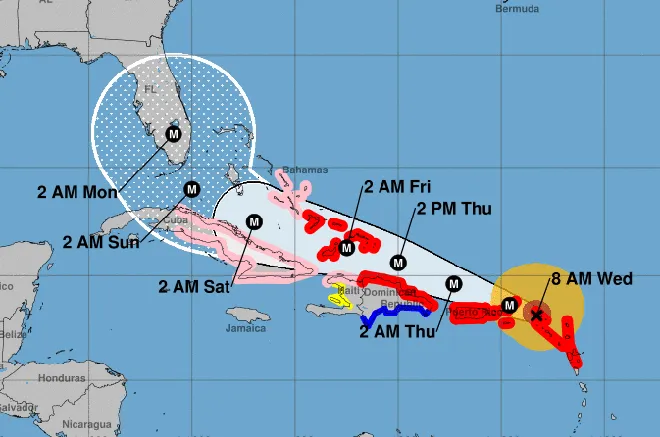
Curious Kids: What’s the record for how long it’s ever rained without stopping?
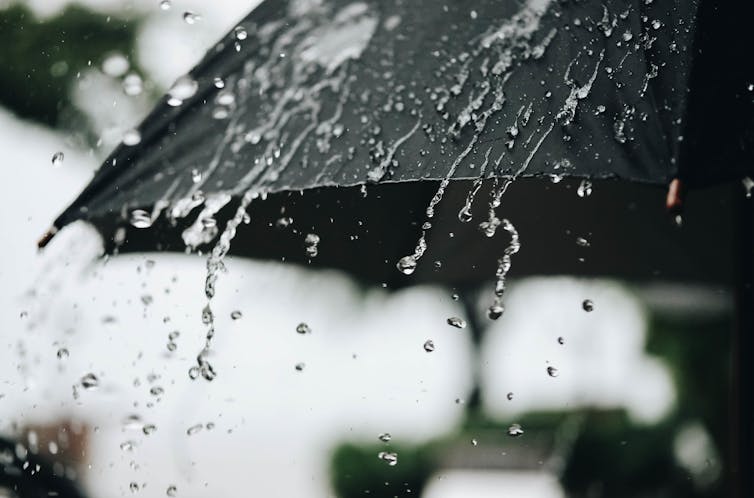

Curious Kids is a series for children of all ages. If you have a question you’d like an expert to answer, send it to curiouskidsus@theconversation.com.
What is the longest time it has ever rained for? – Wayne
The answer is – it depends. If you live in a dry place, like the Atacama Desert in South America, and it rains for an hour, that may be the precipitation record for that location. If you live in a wet place, like the Amazon rain forest, raining for 40 days in a row wouldn’t be a big deal.
As scientists who study the weather, we love rain data – and use it to learn how storm systems work. We’ve also learned what conditions produce rain records.
What happens inside clouds
Rain forms when moist air is lifted into the sky where it cools. As moist air chills, the water vapor molecules press together to form tiny microscopic droplets. Together they look like clouds. Air motion inside clouds can sometimes cause the droplets to bang into each other and become larger droplets. In the upper parts of clouds, the temperature is cold enough to make ice crystals, which eventually get heavy enough to fall – and melt into rain on their way to the ground.
Rain can come from many different types of storms. Thunderstorms, for example, have a short life span and can produce intense downpours. Other storms, such as winter storms, can linger for several days and produce gentle rain, steady rain or, if it’s cold enough, snow.
In most places, weather alternates between dry and wet periods. That’s because each period of stormy weather is followed by a period of dry air with plentiful sunshine and few clouds.
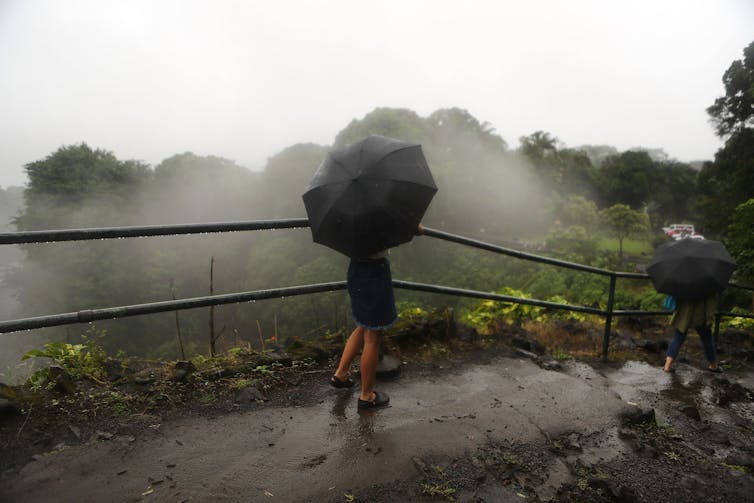
An exception to this rule is where mountains are near oceans. In that case, as moist ocean air blows toward the land, it encounters the mountains and is forced to lift over them. Clouds can form there almost continuously, bringing rainfall that can last for weeks or longer.
Days and days of rain
Rainfall records exist only in places where people live and keep records. Many towns and cities don’t bother collecting rainfall data. And records don’t exist for the many uninhabited locations on Earth, like over the ocean or deep in rain forests. So rainfall data is incomplete.
In modern record keeping, rainfall is measured by the amount in a given time period, usually hourly or daily. A few drops of rain is called a “trace” of rain. Rainfall is “measurable” if it adds up to 0.01 inch (0.25 millimeters) or more.
In the U.S., the longest periods of daily rain have occurred in Hawaii, where easterly trade winds blow toward the mountains. An incredible 331 consecutive days of measurable rainfall were recorded at Manuawili Ranch, Maui, in 1939-40. If you include a trace of rain, the record is 881 consecutive days, or nearly three straight years, at Honomu Maki, Oahu, from 1913 to 1916. This dependable and continuous rainfall is the reason that region is a tropical rainforest.
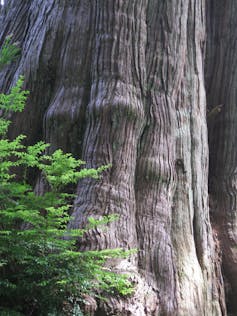
In the continental U.S., the longest daily rainfalls have occurred in winter near the coastal mountain ranges of the Pacific Northwest. In 1997-98, Otis, Oregon, received 79 straight days of measurable rainfall. The Pacific Northwest has temperate rainforests, where the continuously wet cold season nurtures huge trees, even though it is often relatively dry in the summer.
There are plenty of other rainy places in the world where moist air flows over mountains. The Meteorological Observatory in Cherrapunjee, India, recorded 86 consecutive days of measurable rainfall during the monsoon in 1995. Other rainy places include Southern New Zealand, Bioko Island in Equatorial Guinea and western Colombia in South America.
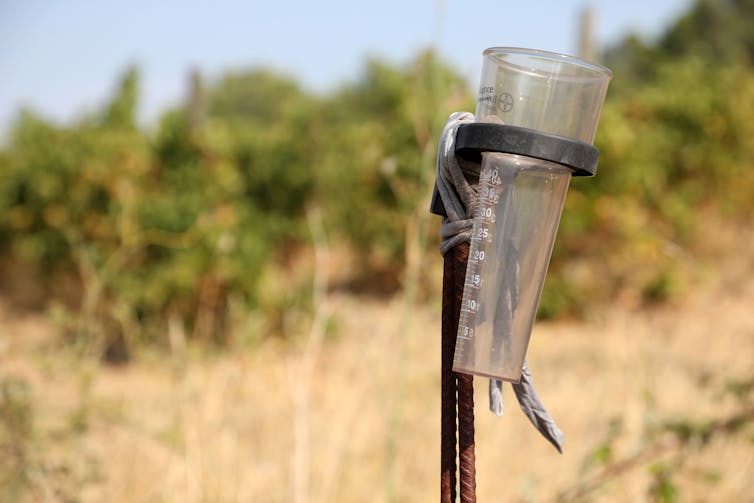
If you want to know how much it rains where you live, the best way is to install a rain gauge and start recording your own daily rainfall measurements. A great resource is the CoCoRahs Network, a community of volunteers working to measure and map rain, hail and snow.
Collecting data about the location and intensity of all kinds of precipitation really helps scientists like us understand weather systems and improve our weather forecasting.
Hello, curious kids! Do you have a question you’d like an expert to answer? Ask an adult to send your question to CuriousKidsUS@theconversation.com. Please tell us your name, age and the city where you live.
And since curiosity has no age limit – adults, let us know what you’re wondering, too. We won’t be able to answer every question, but we will do our best.![]()
Lynn McMurdie, Research Associate Professor of Atmospheric Sciences, University of Washington and Joe Boomgard-Zagrodnik, Postdoctoral Research Associate in Crop and Soil Sciences, Washington State University
This article is republished from The Conversation under a Creative Commons license. Read the original article.








